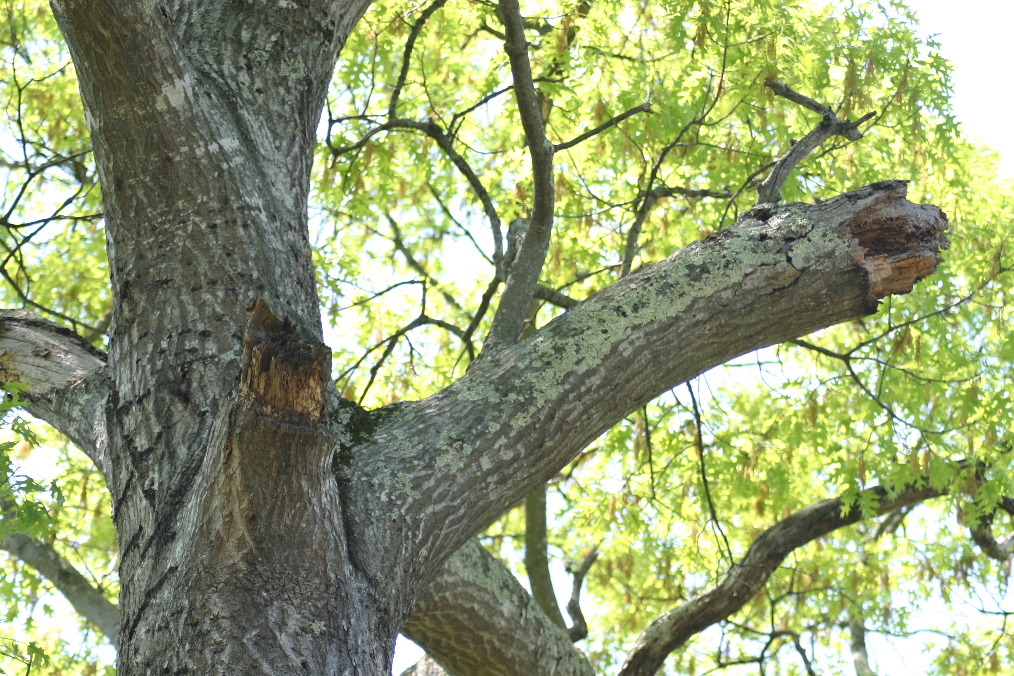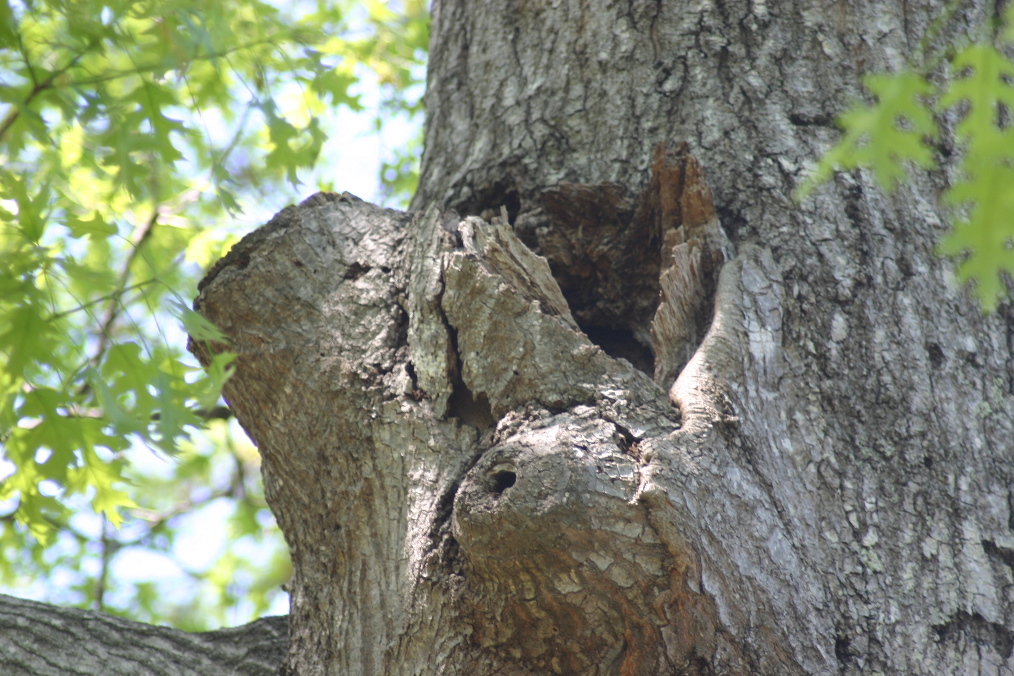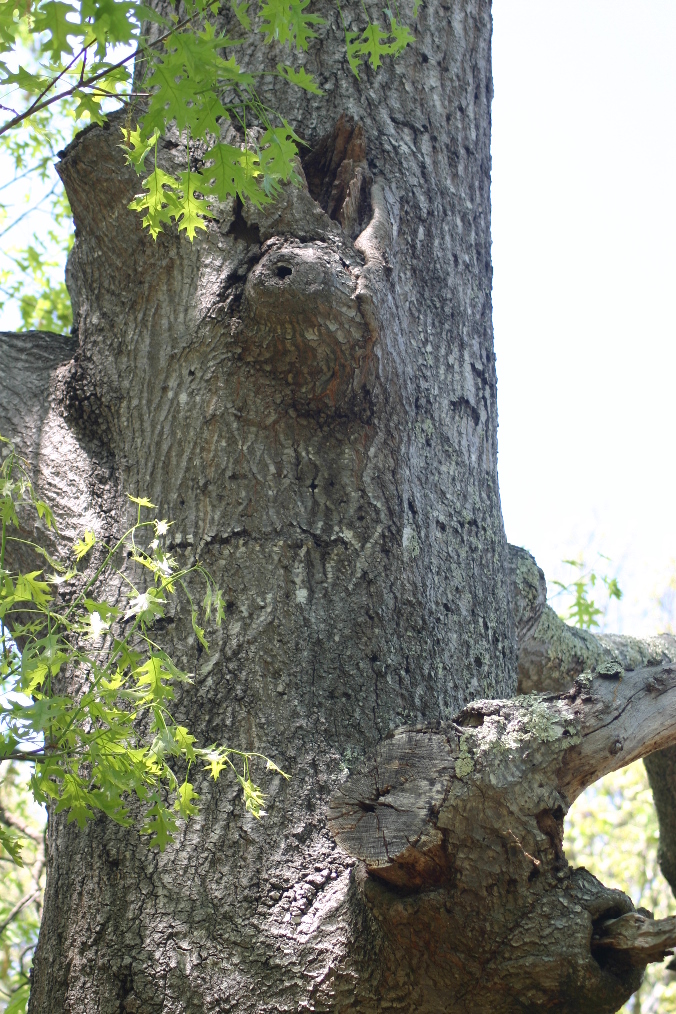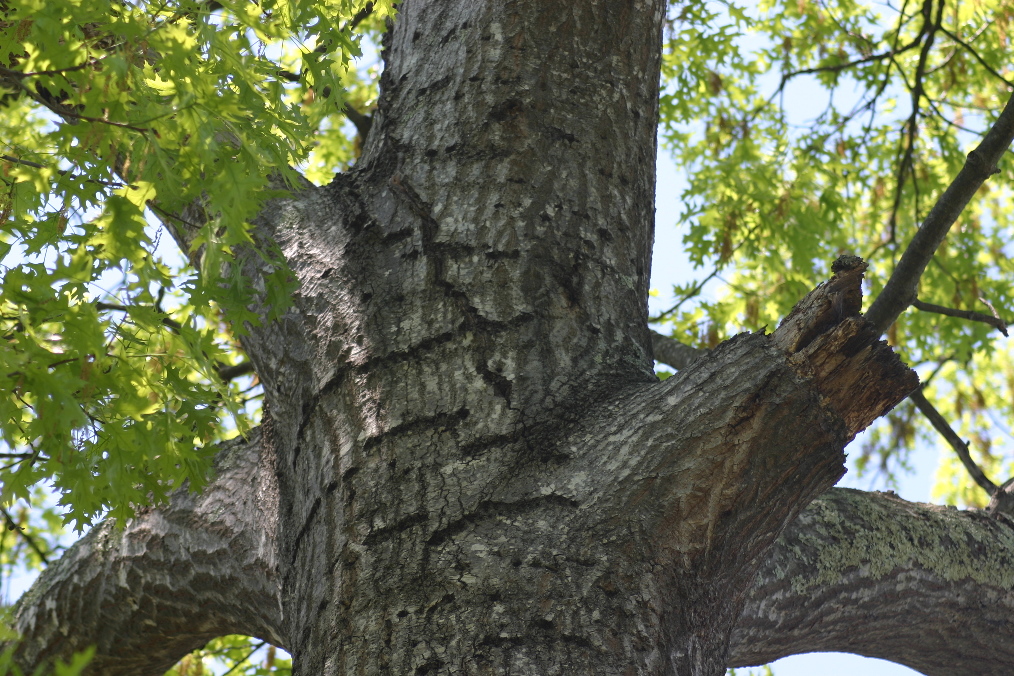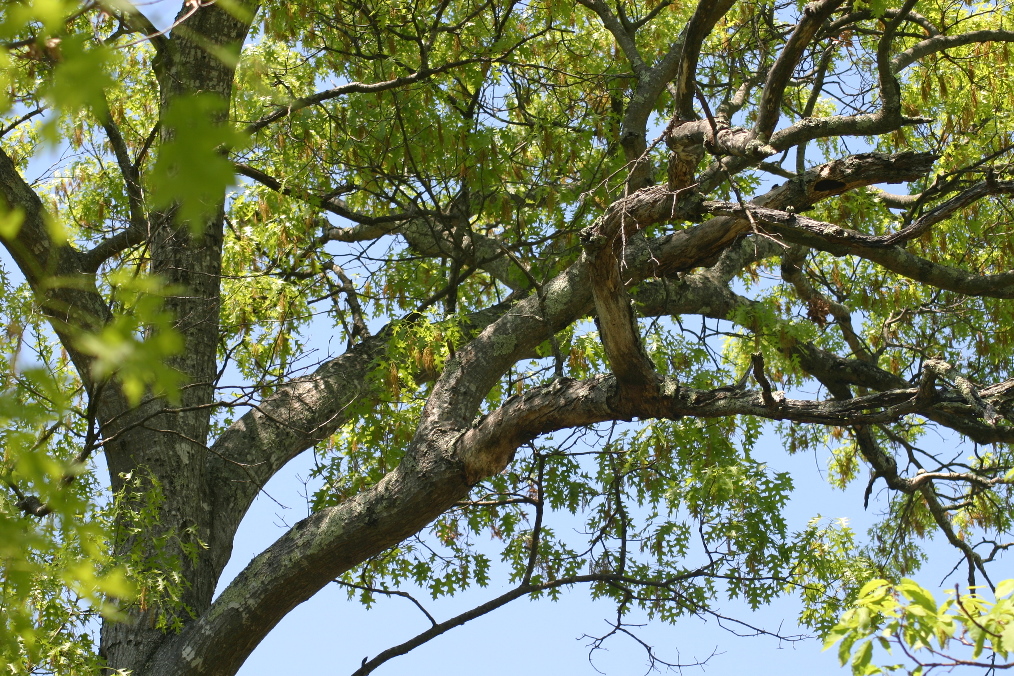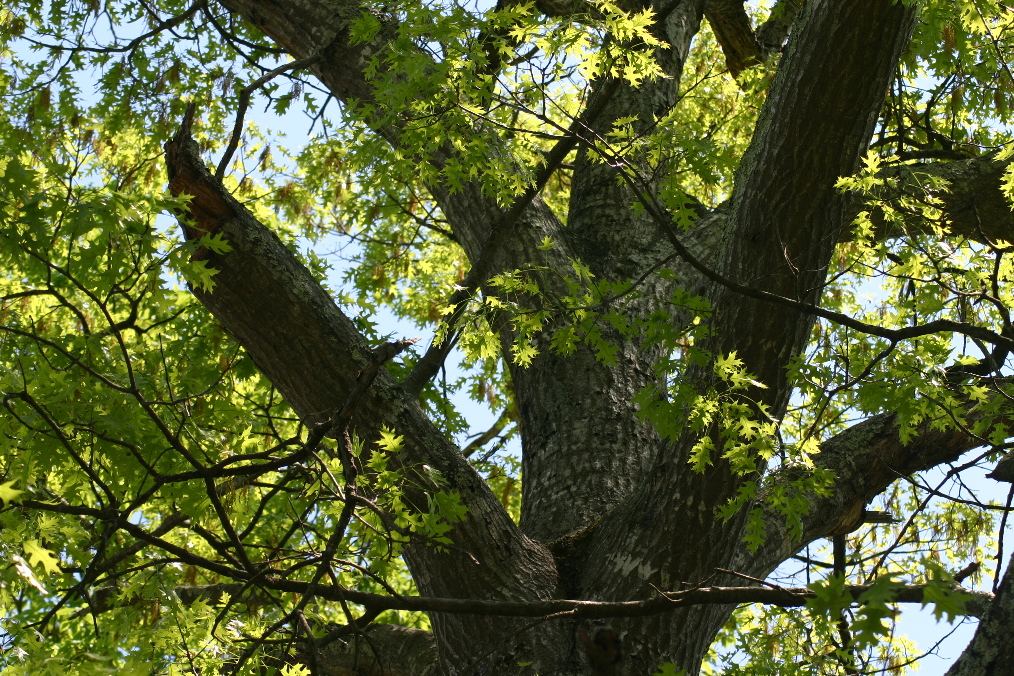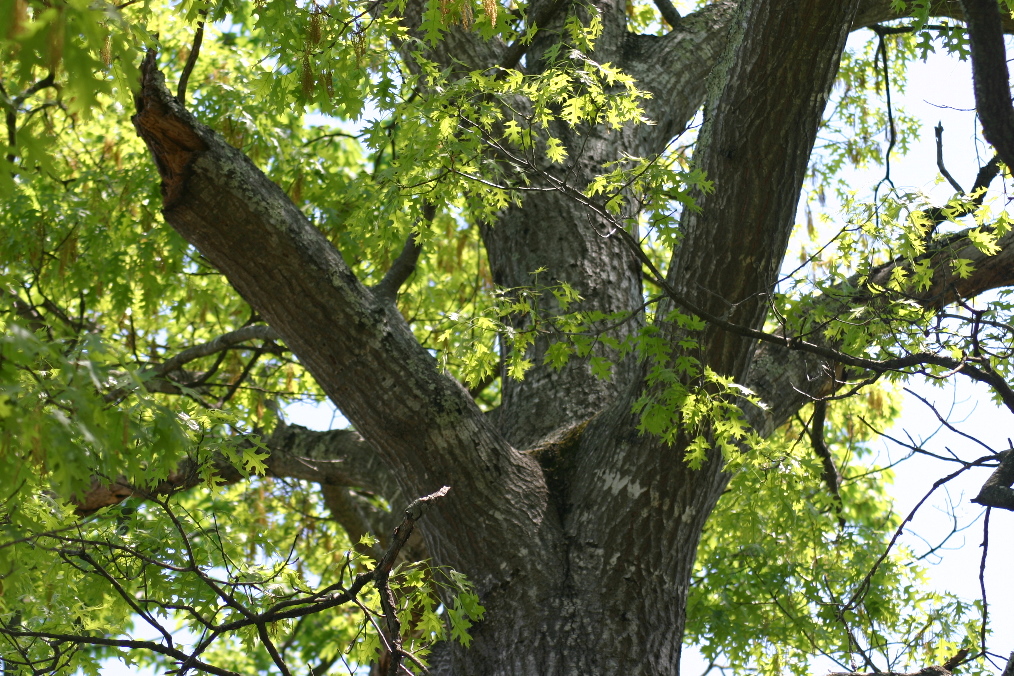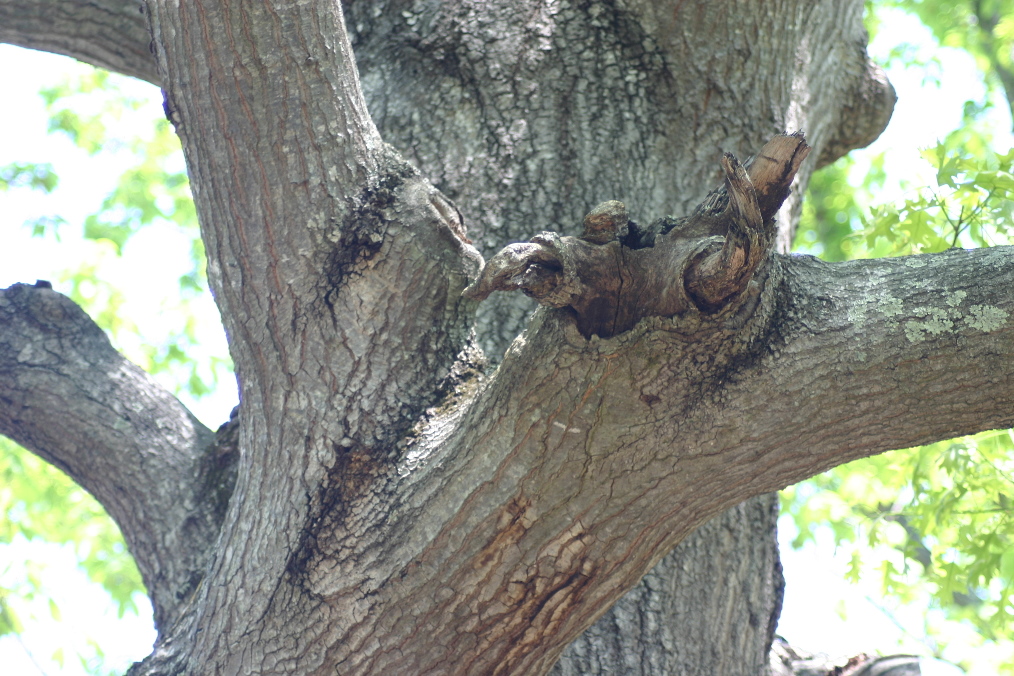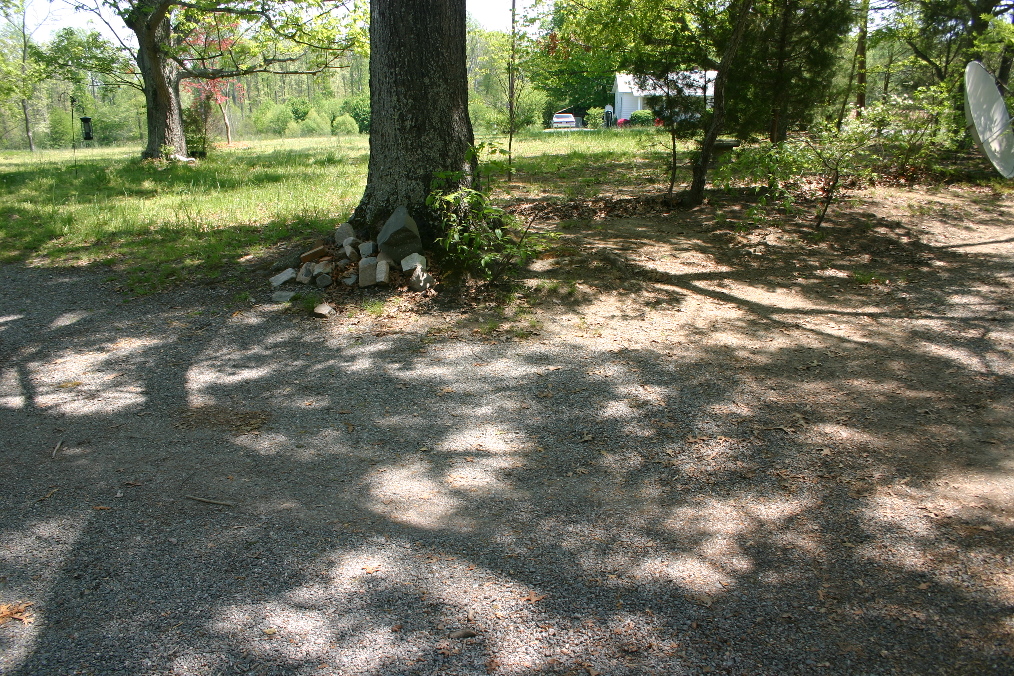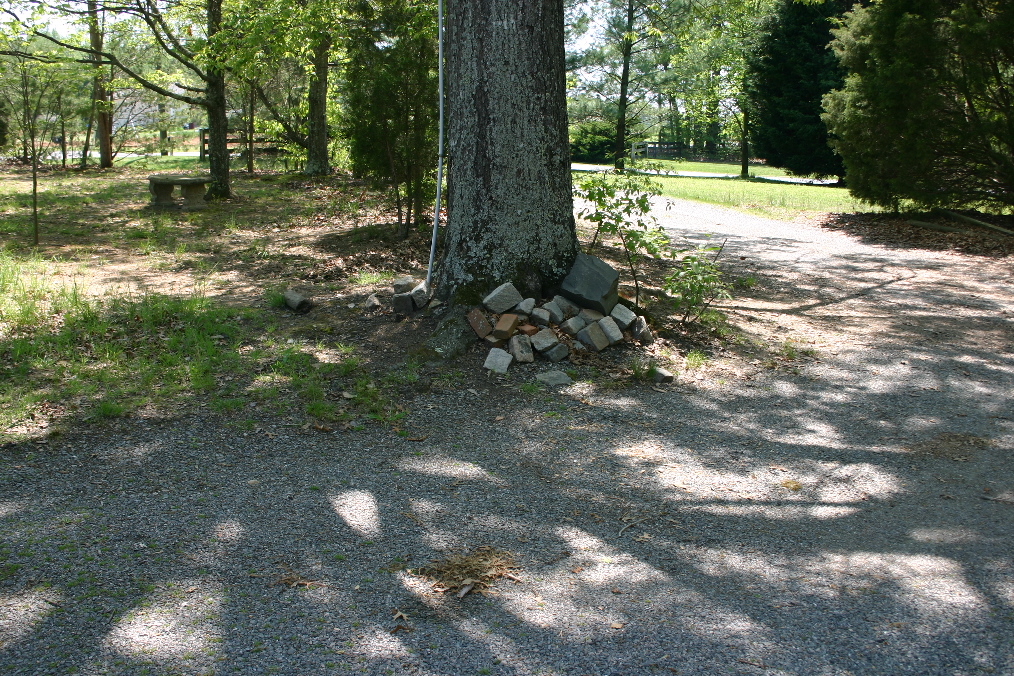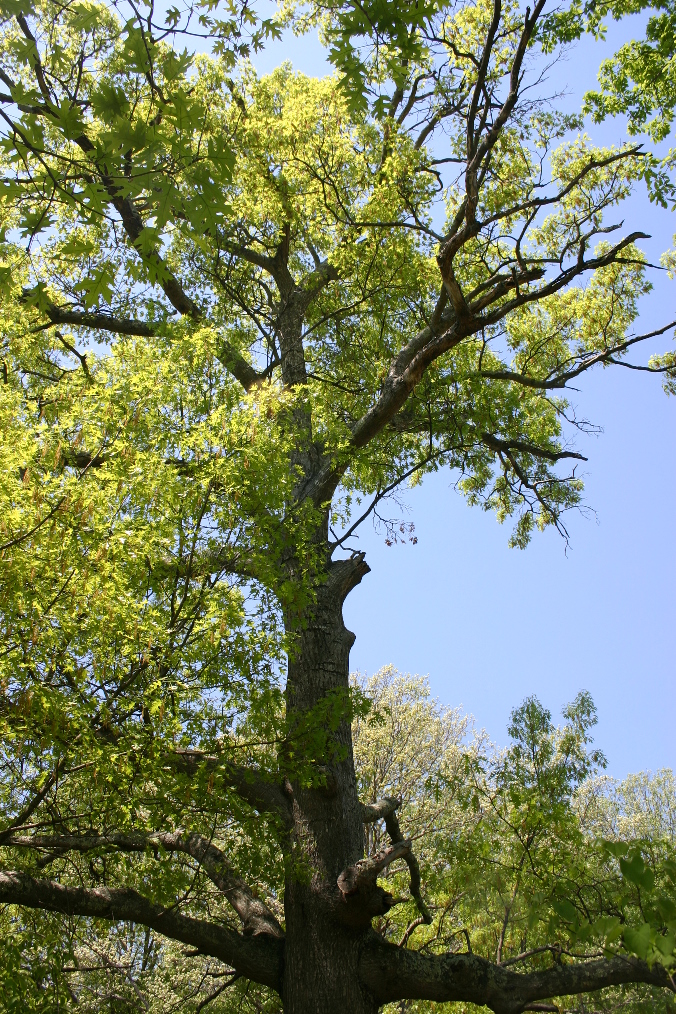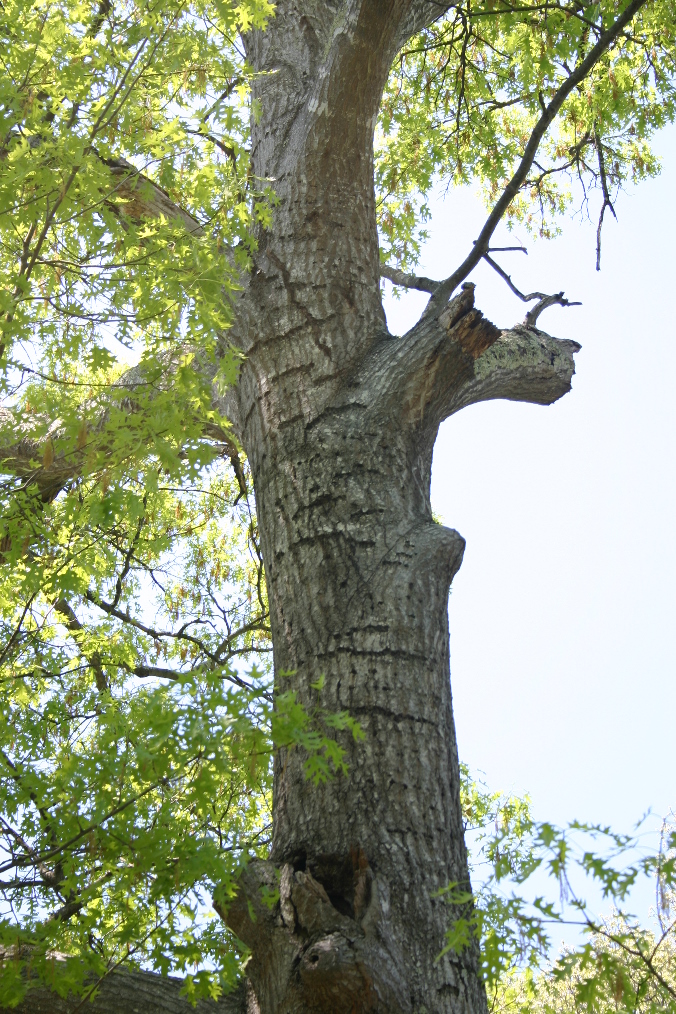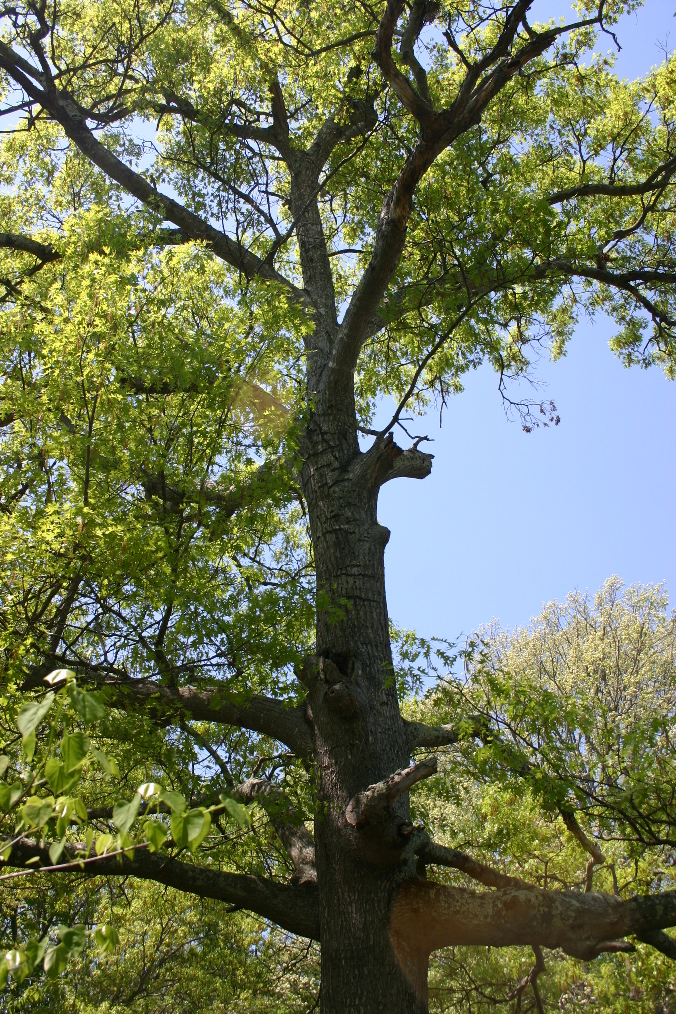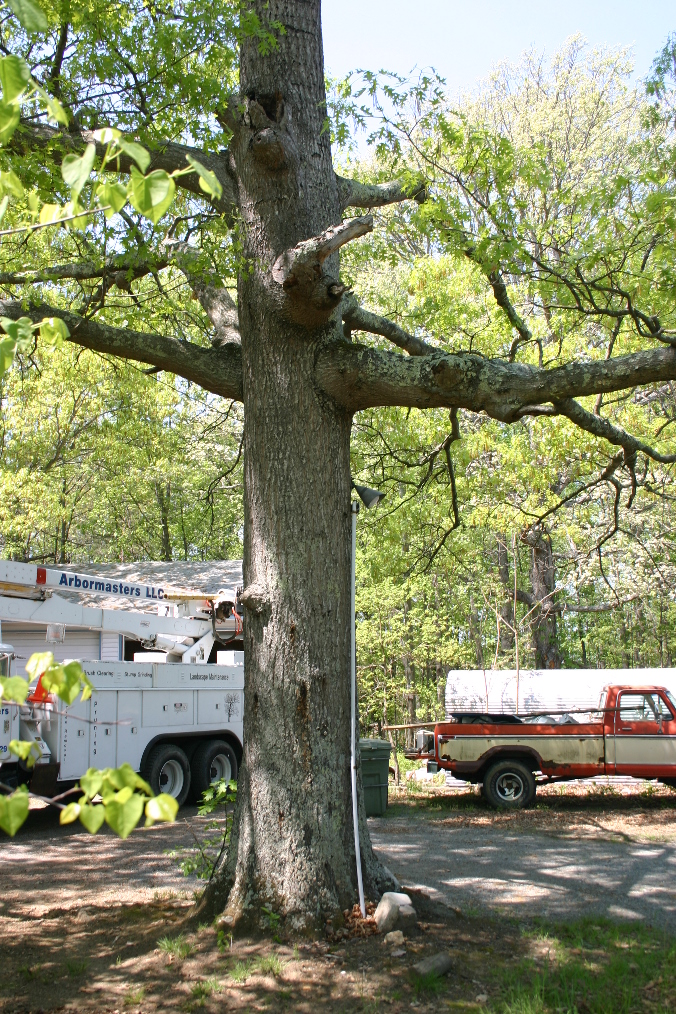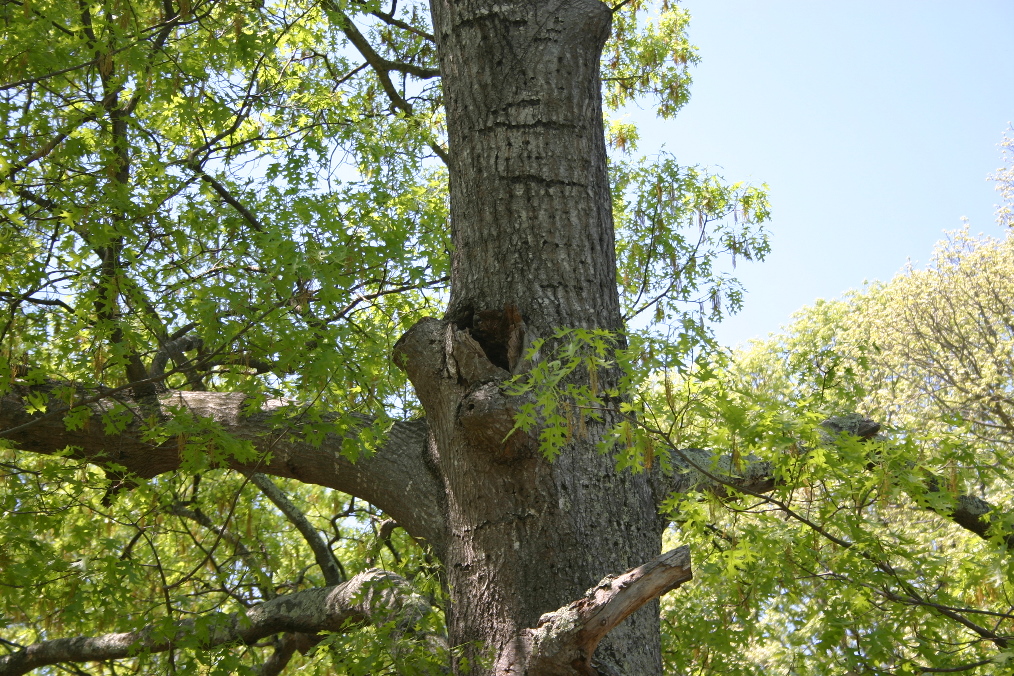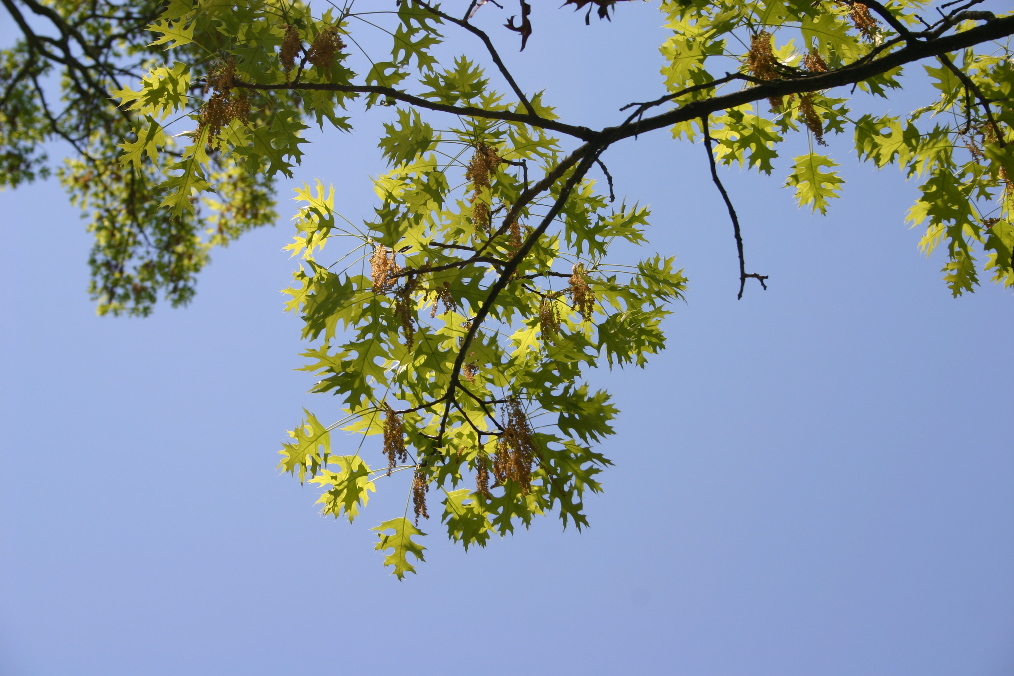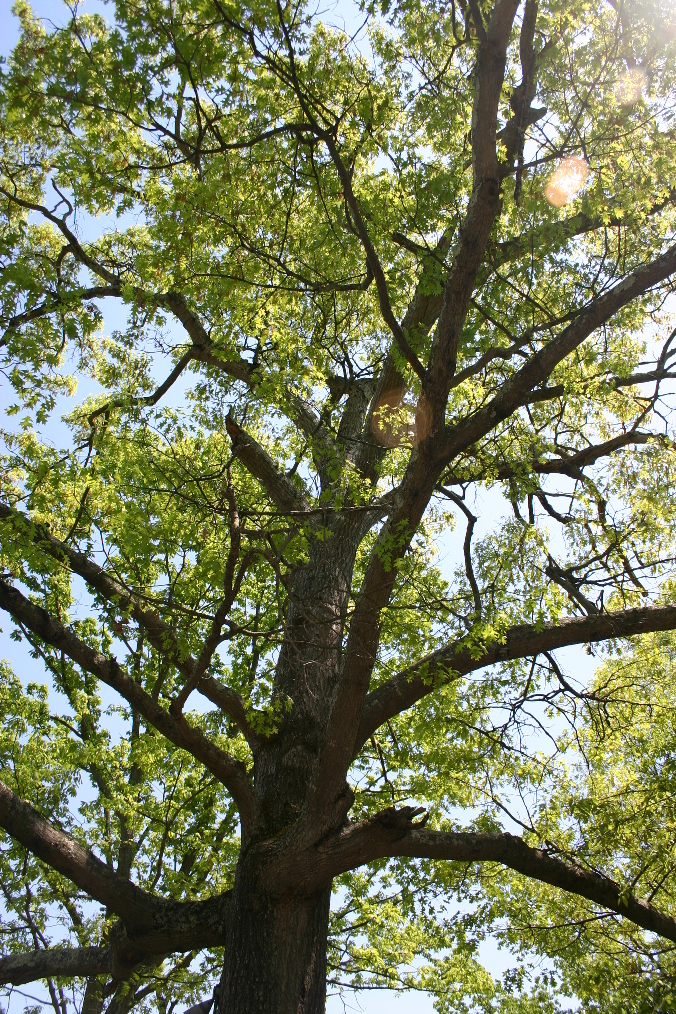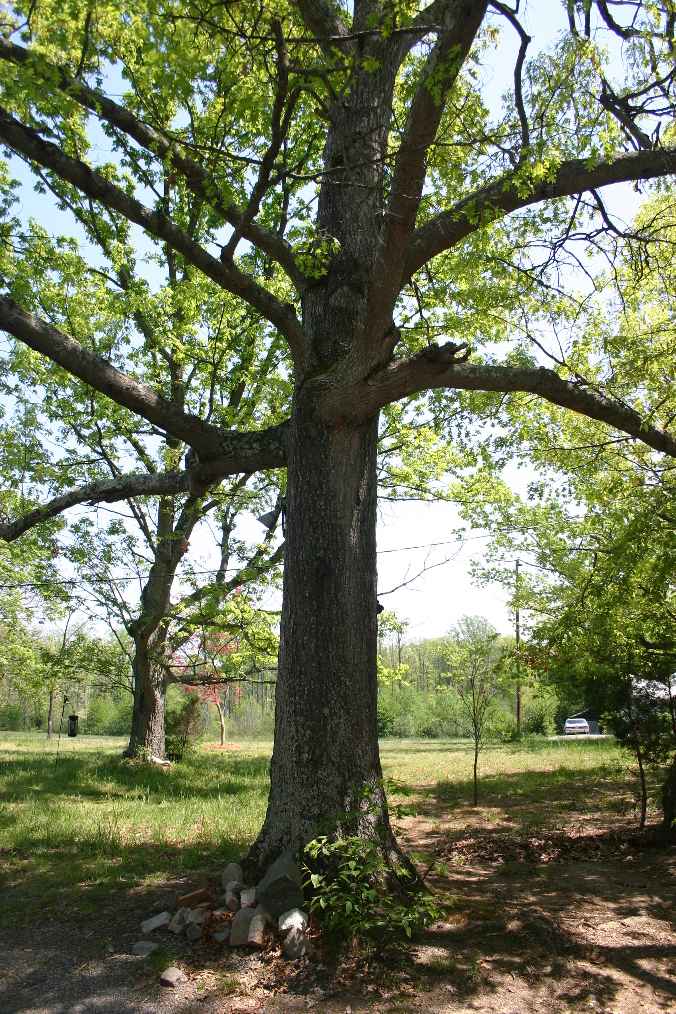Torquin
ArboristSite Operative
Dad has an old Oak I believe is a Scarlett Oak. I believe it is about 100 years old. It has several places where dead limbs have fallen off and left holes into the trunk. Dad wants to save it, if possible. It does seem generally healthy, as it is full of leaves in the past years, but I know that the holes into the trunk cannot be beneficial. Can I fill these holes with some of that expanding foam to seal them to keep bugs and water out? Wherever I can, I will be cutting off the holes, such as at the end of branches, and sealing them with Prune & Seal, but the holes in the trunk are the big concern.
I don't know yet how bad it is, and will not until I get up there in the bucket.
Thanks,
Chris
I don't know yet how bad it is, and will not until I get up there in the bucket.
Thanks,
Chris





